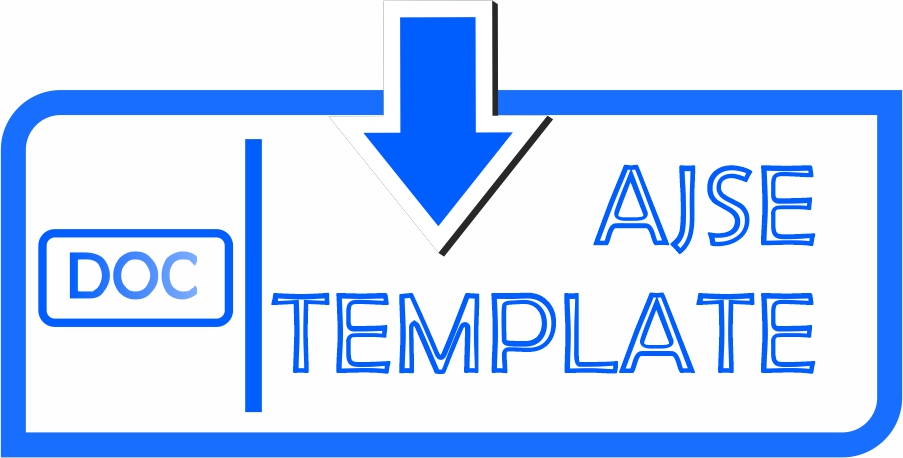WIND FARM LOCATION SELECTION AT THE SOUTHERN COAST OF YOGYAKARTA PROVINCE FOR ENERGY SUPPLY OF HYDROGEN FUEL PRODUCTION
Irwan Setyaji(1*), Arief Budiman(2), Wahyu Wilopo(3), Ridwan Budi Prasetyo(4)
(1) Gadjah Mada University
(2) Universitas Gadjah Mada
(3) Universitas Gadjah Mada
(4) Agency for the Assessment and Application of Technology (BPPT)
(*) Corresponding Author
Abstract
The depletion of non-renewable energy reserves and increased awareness of environmental damage caused by fossil-based fuel use have encouraged the world’s efforts to develop and utilize new and renewable energy sources, including in Indonesia, especially in the special region of Yogyakarta. The potential for wind power plants can be developed in 3 districts in the southern part of Yogyakarta, bordering the Java Sea, to be converted into hydrogen through an electrolysis process. The three research locations were Bugel Beach in Kulon Progo, Pandansimo Baru Beach in Bantul, and Baron Techno Park at Baron Beach in Gunung Kidul. The selection of the most optimum location was made employing the Analytic Hierarchy Process (AHP) method by considering three factors, namely technical, location, and socio-economic factors.
The first factor includes the potential for electricity generation from wind power and the available land area. The second one consists of sub-factors, namely access to the location and the distance to the PLN electricity distribution line. Then the last one includes conflicts with tourism and the economic activities of the surrounding community. After obtaining the most suitable location, planning is carried out for the wind farm that is built, the amount of electrical energy produced, the cost of generating electricity, and the cost of producing hydrogen from the electrolysis process. Pandansimo Baru Beach is an ideal location, with an average wind speed of 4.833 m/s. Five Vestas V80 2000/80 wind turbines were selected according to the available land. The annual electrical energy that can be produced from this system is 161,677,216 kWh/year with a generation cost of 0.118 USD/kWh and is capable of producing 230,960 kgH2 of hydrogen at 4.35 USD/kg.
Keywords
Full Text:
PDFReferences
Ackermann, T., & Soder, L. (2005). Wind Power in Power Systems. In Encyclopedia of Physical Science and Technology (pp. 25–51).
Dutton, A. G., Bleijs, J. A. M., Dienhart, H., Falchetta, M., Hug, W., Prischich, D., & Ruddell, A. J. (2000). Experience in the design, sizing, economics, and implementation of autonomous wind-powered hydrogen production systems. International Journal of Hydrogen Energy, 25(8), 705–722.
Emanuele Taibi, Miranda, R., & Vanhoudt, W. (2018). Hydrogen From Renewable Power: Technology outlook for the energy transition (Issue September). www.irena.org
Hau, E. (2006). Wind Turbines: Fundamentals, Technologies, Application, Economics. In Wind Turbines: Fundamentals, Technologies, Application, Economics.
Hosseini, S. S., Peng, N., & Chung, T. S. (2010). Gas separation membranes developed through integration of polymer blending and dual-layer hollow fiber spinning process for hydrogen and natural gas enrichments. Journal of Membrane Science, 349(1), 156–166.
Jubaedah, E., & Budiman, A. H. (2013). Kajian Roadmap Pengembangan Energy Storage untuk Smart Grid System. Pusat Teknologi Konversi Dan Konservasi Energi Badan Pengkajian Dan Penerapan Teknologi, 1–53.
Khalilnejad, A., Gholami, H., & Riahi, G. (2014). Hydrogen Production and Storage from Wind Turbine Using Water Electrolysis Method.
Musrowati Lasindrang, L. S. N. K. (2015). Kajian Sebaran Potensi Ekonomi Sumber Daya Kelautan di Pantai Selatan Daerah Istimewa Yogyakarta Sebagai Upaya Percepatan Investasi. Jurnal Teknosains, 4(2), 101–120.
Prasetyo, A., Notosudjono, D., Soebagja, H., Listrik, T. P., Angin, T., Studi, P., Elektro, T., & Pakuan, F. T. (2019). Studi Potensi Penerapan Dan Pengembangan Pembangkit Listrik Tenaga Angin Indonesia. Jurnal Online Mahasiswa (JOM) Bidang Teknik Elektro, 1–12.
Rohmah, M., Musyawaroh, M., & Mustaqimah, U. (2017). Baron Technopark Sebagai Kawasan Wisata Edukasi Dengan Pendekatan Arsitektur Ekologi. ARSITEKTURA, 13.
Setyawan, A. (2015). Potensi Pengembangan Pariwisata “Pantai Baru” di Desa Poncosari Kecamatan Srandakan Kabupaten Bantul. Jurnal Pendidikan Geografi UNY, 1, 1–8.
Tavan, Y., Hosseini, S. H., & Olazar, M. (2015). A Note on an Integrated Process of Methane Steam Reforming in Junction with Pressure-Swing Adsorption to Produce Pure Hydrogen: Mathematical Modeling. Industrial & Engineering Chemistry Research, 54(51), 12937–12947.
Article Metrics
Refbacks
- There are currently no refbacks.
Copyright (c) 2020 ASEAN Journal of Systems Engineering

This work is licensed under a Creative Commons Attribution-ShareAlike 4.0 International License.
Universitas Gadjah Mada


